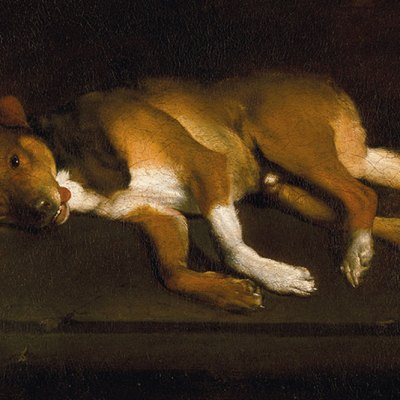Apollo’s monthly survey of the most important works to enter public collections shines a light on the gaps museums have been able to plug and the new stories they are looking to tell.
Victoria and Albert Museum, London
Archive of David Bowie
Some 80,000 items from Bowie’s archives have been acquired by the V&A, which is creating a David Bowie Centre for the Study of Performing Arts at the new V&A East, slated to open in 2025. The collection ranges from the original costumes for Bowie’s numerous stage personas such as Ziggy Stardust and the Thin White Duke to photographs, films, set design, sheet music, handwritten lyrics and intimate notebooks, most of which have never been seen before by the public. The collection was partly a gift from the David Bowie Estate, and partly acquired with a donation of £10m from the Blavatnik Family Foundation and Warner Music Group.
David Bowie performing on the Station to Station tour in 1976. Photo: John Robert Rowlands; © John Robert Rowlands and The David Bowie Archive

Blanton Museum of Art, Austin
5,650 works from the Gilberto Cárdenas and Dolores Garcia Collection
This substantial acquisition of artworks from the Gilberto Cárdenas and Dolores Garcia Collection forms part of an initiative to expand the Blanton’s holdings of Latino art and coincides with the construction of two new gallery spaces dedicated to Latino and Chicano artists. With a focus on modern and contemporary methods of printmaking, the works include a screen-print titled Sun Mad (1982) by the Bay Area artist Ester Hernández and Ofrenda para Antonio Lomas (1995), a laser-cut steel print, by Carmen Lomas Garza.
Ofrenda para Antonio Lomas (1995), Carmen Lomas Garza. Blanton Museum of Art, University of Texas at Austin

National Gallery of Art, Washington, D.C.
Untitled (1971), George Morrison
This painting by George Morrison is the first work by a Native American abstract expressionist artist to enter the collections at the National Gallery of Art in Washington, D.C. Best-known for his brightly coloured landscapes and wood collages, the Minnesota-born Ojibwe artist was a key player in the New York School during the late 1950s and ’60s, exhibiting alongside the likes of Philip Guston and Willem de Kooning. Morrison created Untitled (1961) using his signature technique of squeezing oil paint directly from the tube on to the canvas. The deep red, ochre and blue colours are thought to allude the landscapes of Lake Superior where the artist spent his early life.
Untitled (1961), George Morrison. National Gallery of Art, Washington, D.C.

English Heritage and Historic England
Thornborough Henge, North Yorkshire
Dubbed the ‘Stonehenge of the North’, a large Neolithic complex in North Yorkshire has been acquired by Historic England and English Heritage. Dating to between 3500 to 2500 BC, Thornborough Henge is thought to be the most significant ancient site in northern England. The site consists of three large circles which are likely to have formed part of a ‘ritual landscape’, like that of Stonehenge in Salisbury Plain. Two construction businesses, Tarmac and Lightwater Holdings, donated the monument to Historic England as part of the National Heritage Collection, under the management of English Heritage; the transfer of ownership enables Historic England to take the site off its heritage at-risk register for the first time since 2009.
View of Thornborough Henge. Photo: © Historic England Archive

National Gallery, London
Portrait of Charlotte Cuhrt (1910), Max Pechstein
This is the first work by this leading member of Die Brücke to enter the collections at the National Gallery in London. The German Expressionist painting was acquired thanks to a legacy donation by Martha Doris Bailey, who committed the funds from the sale of her estate to the gallery upon her death in 2000. Depicting the daughter of a wealthy Berlin solicitor, the portrait will go on show in its original frame created by the architect Bruno Schneidereit, who also designed the apartment Cuhrt is pictured in, as part of the upcoming ‘After Impressionism: Inventing Modern Art’ exhibition at the National Gallery (25 March–13 August).
Centre Pompidou, Paris
Collection of 18 NFTs
This month, the Centre Pompidou became the first French public institution to purchase a set of NFTs. The works will join the museum’s film, video sound and new media collection that was established in 1976 and includes pieces from 1963 to the present day. The acquisition consists of crypto works by 13 artists including Larva Labs, Jonas Lund and Sarah Meyohas.


